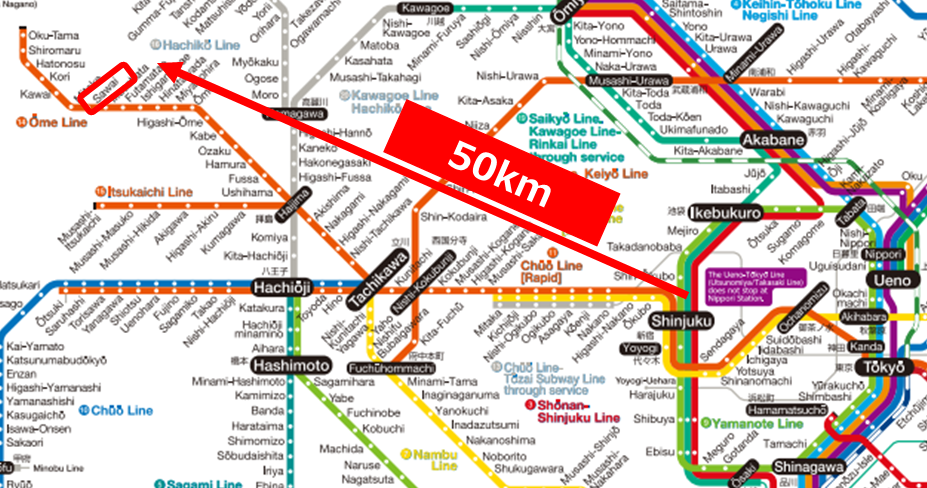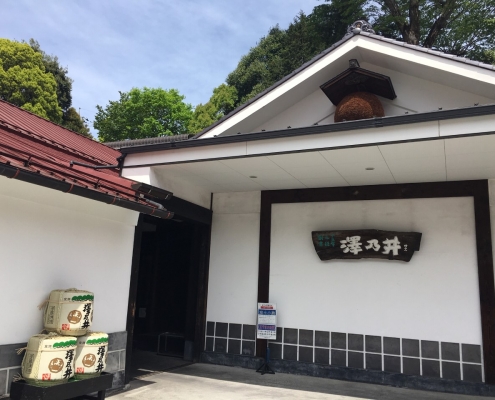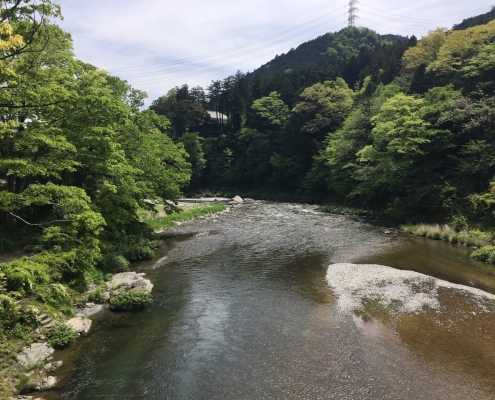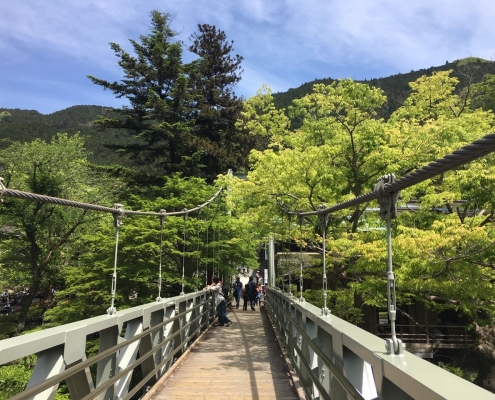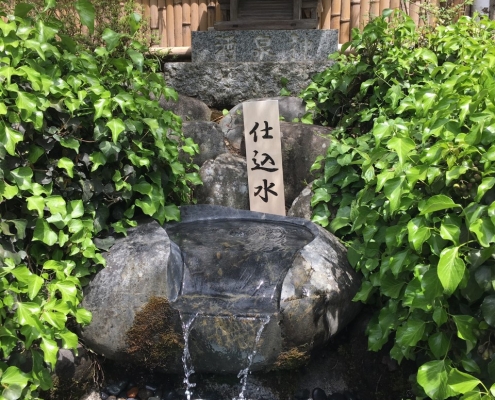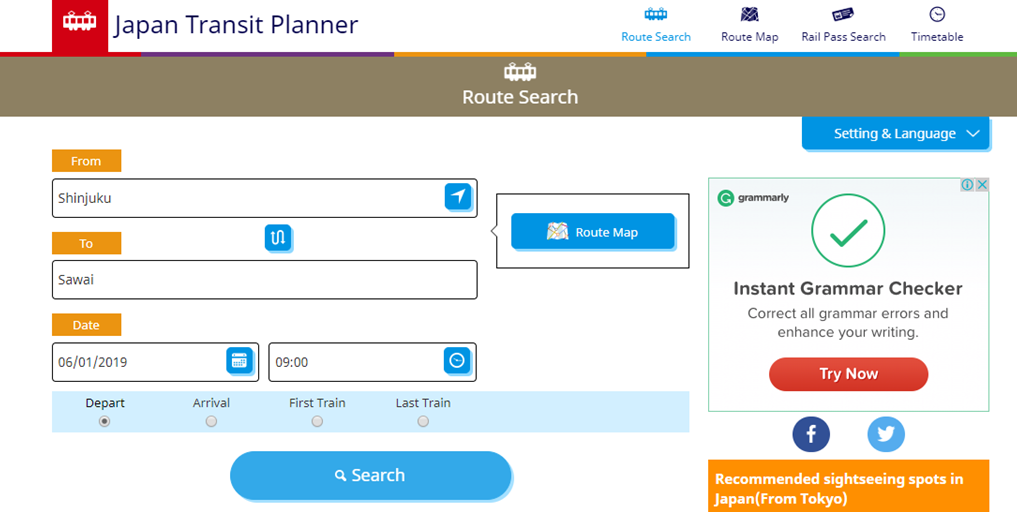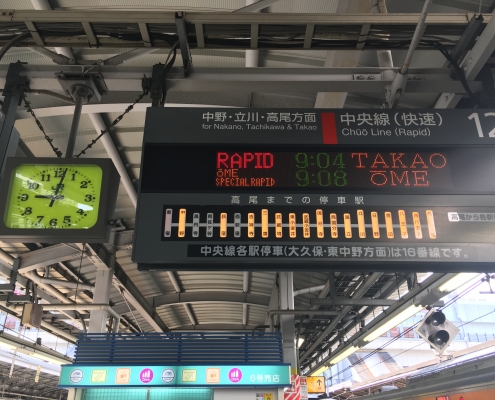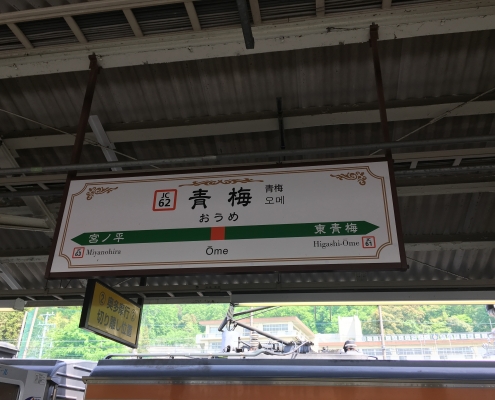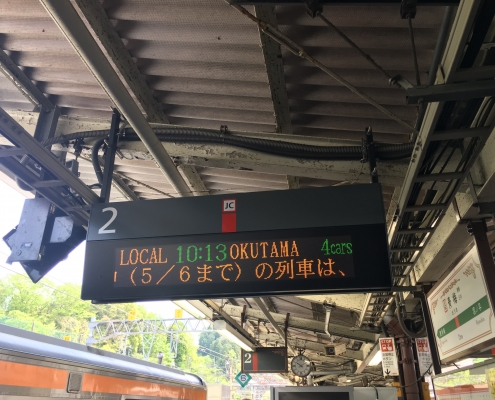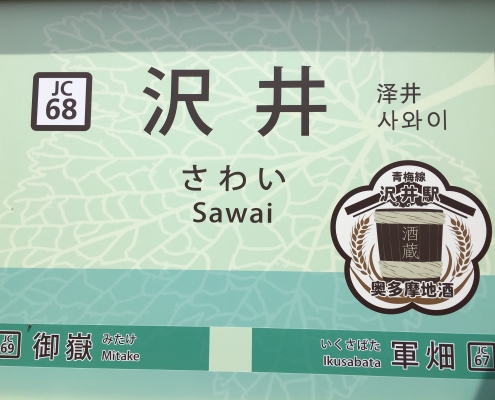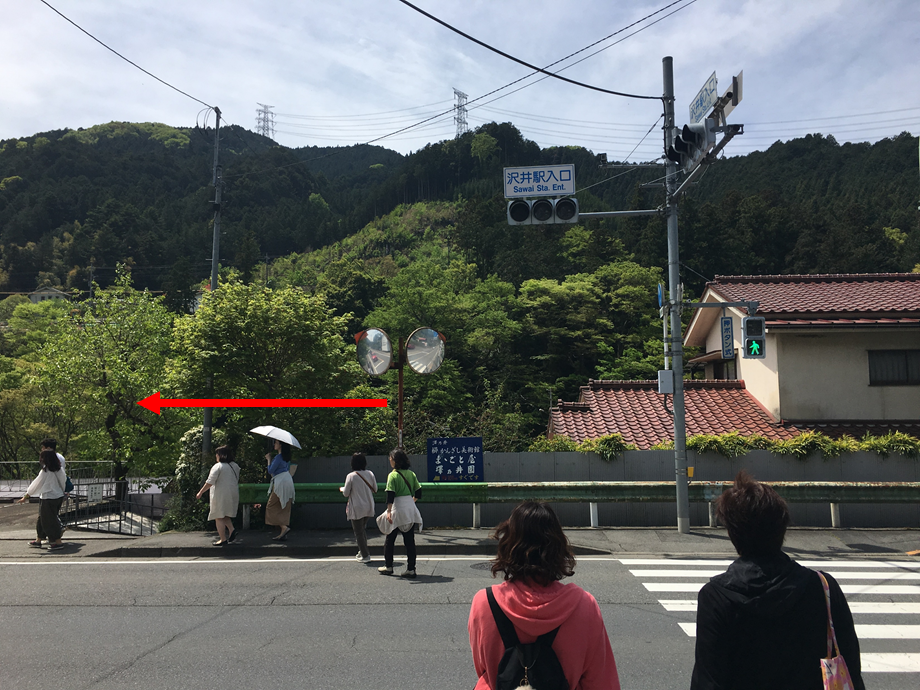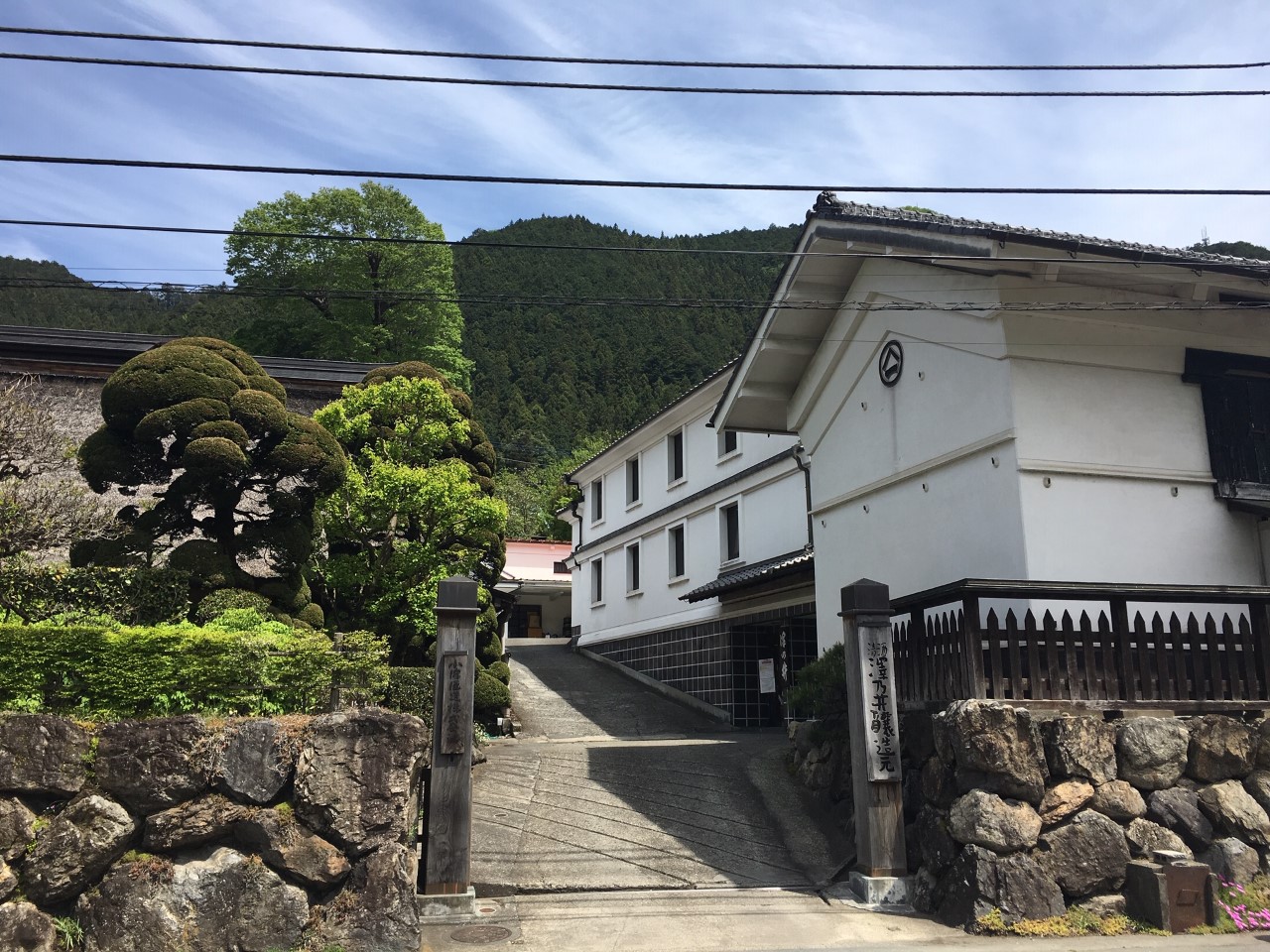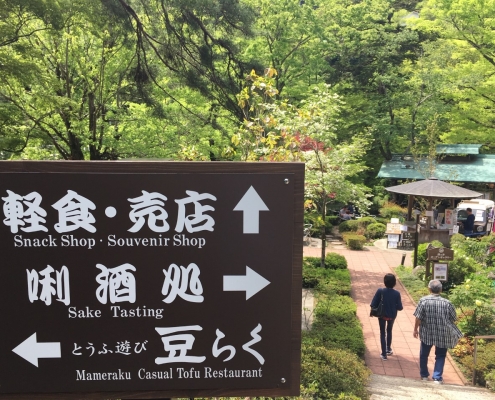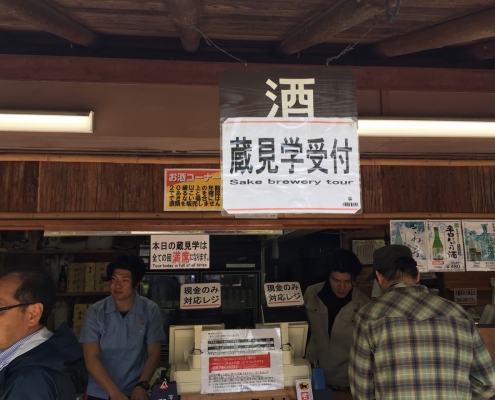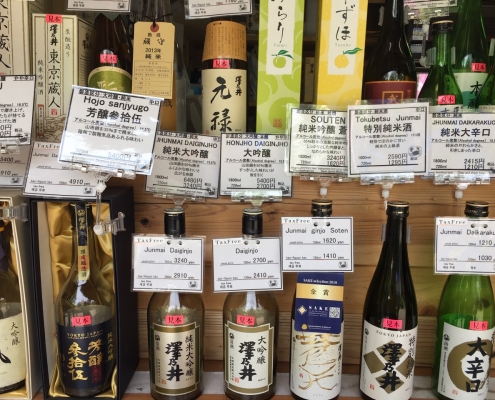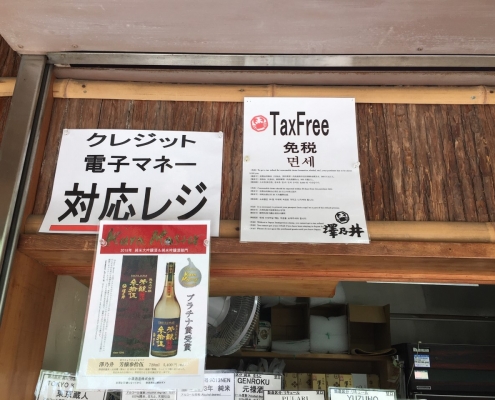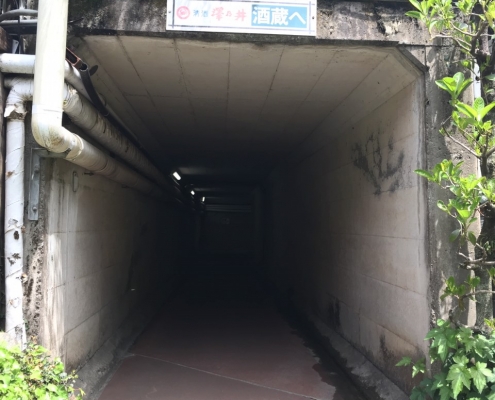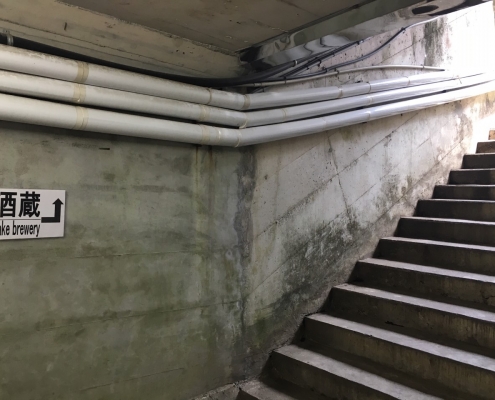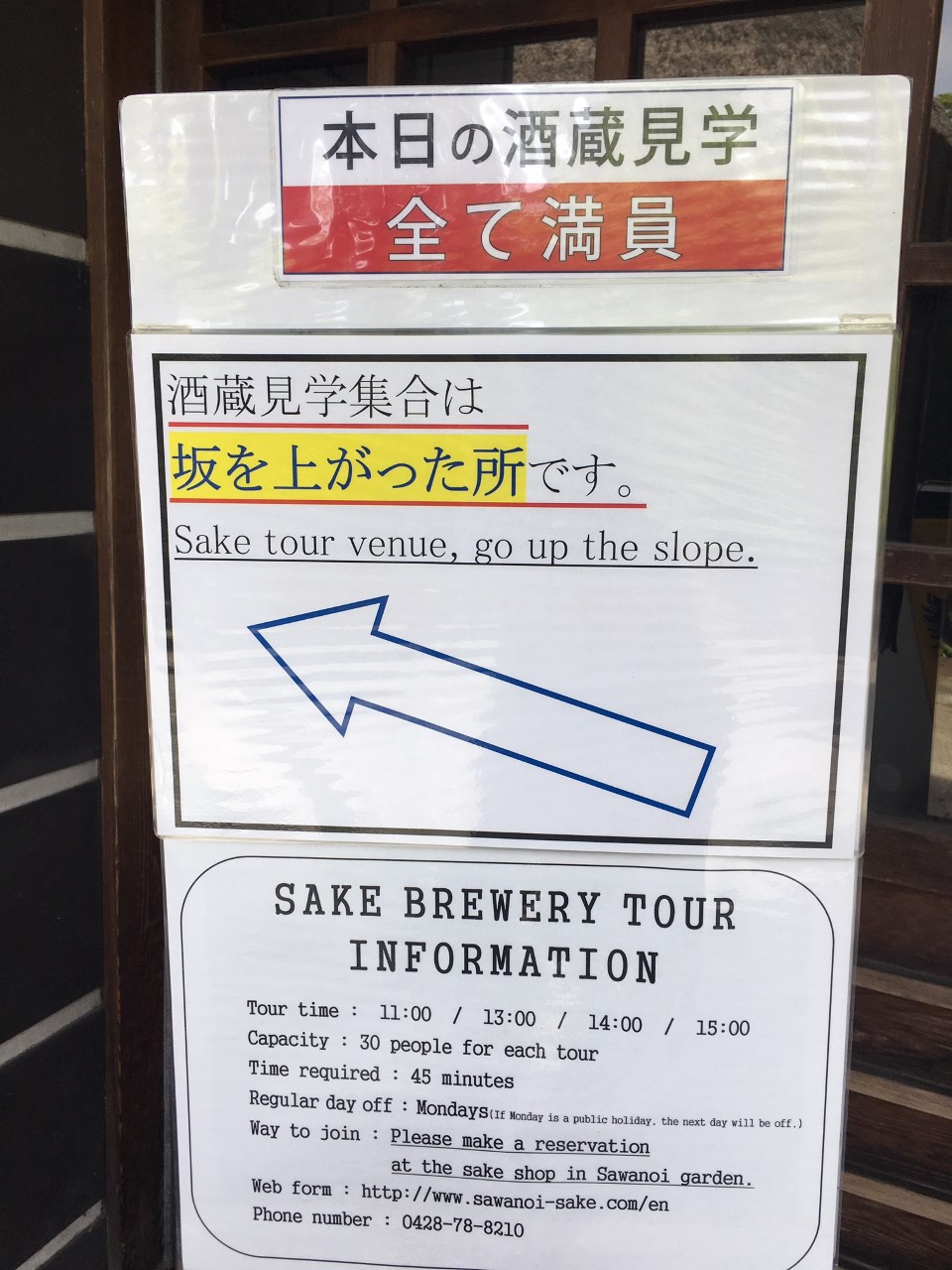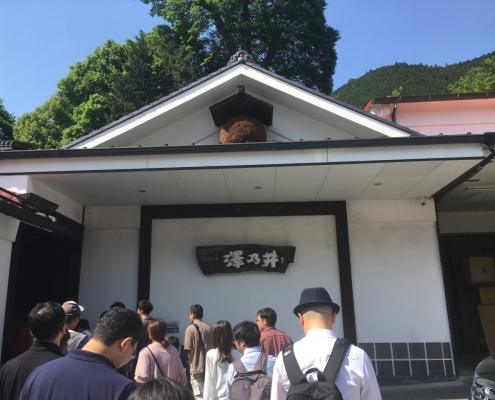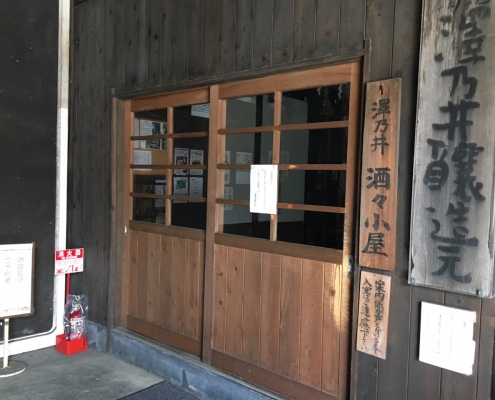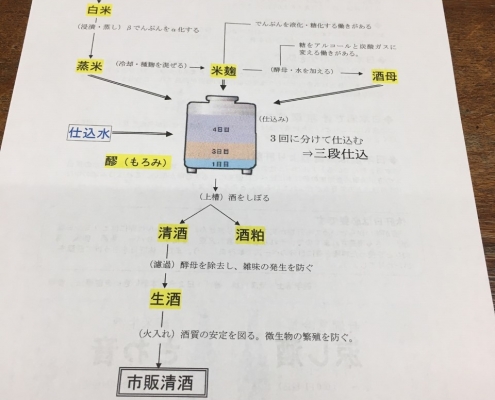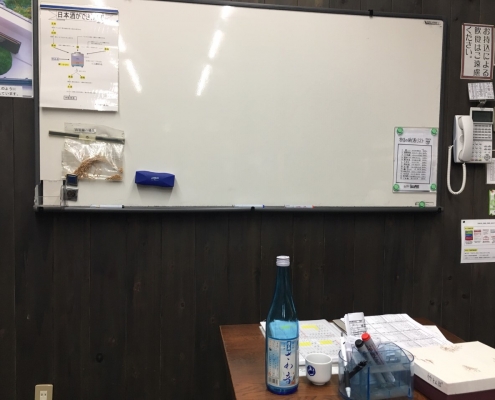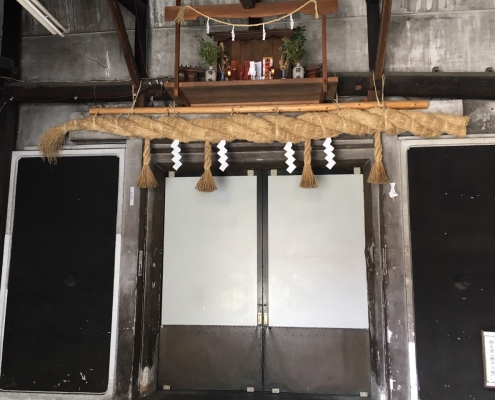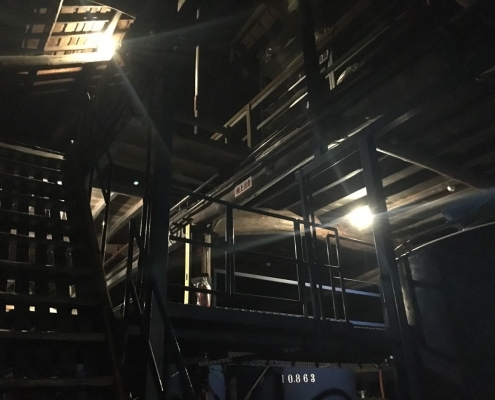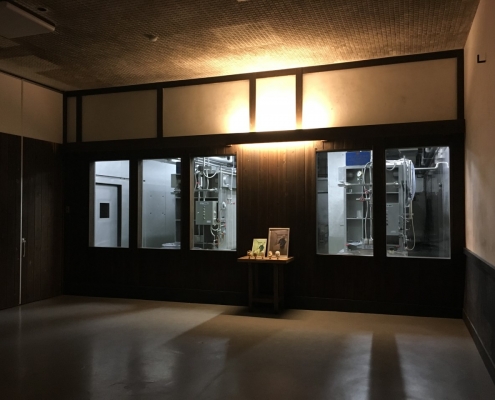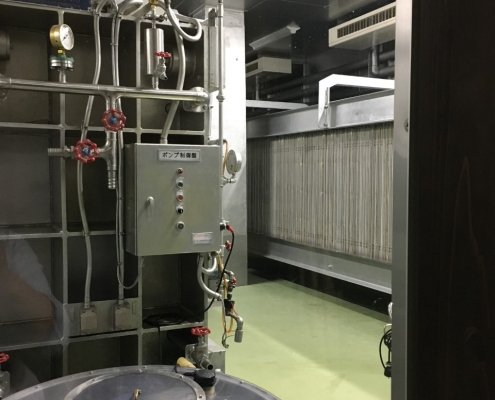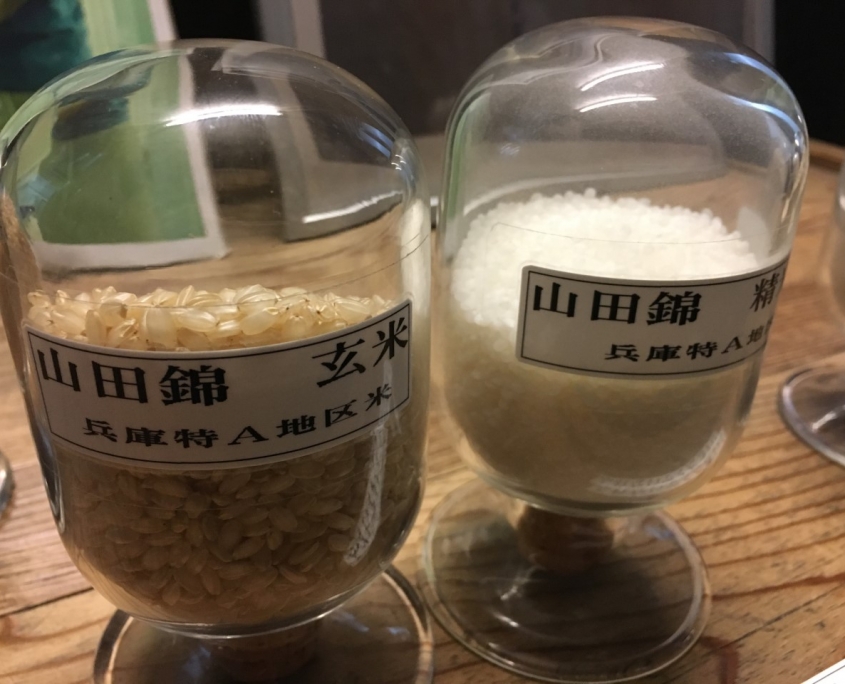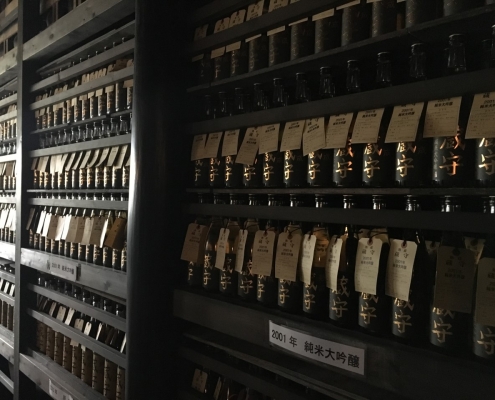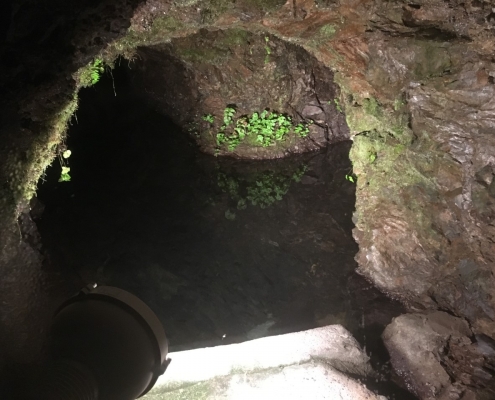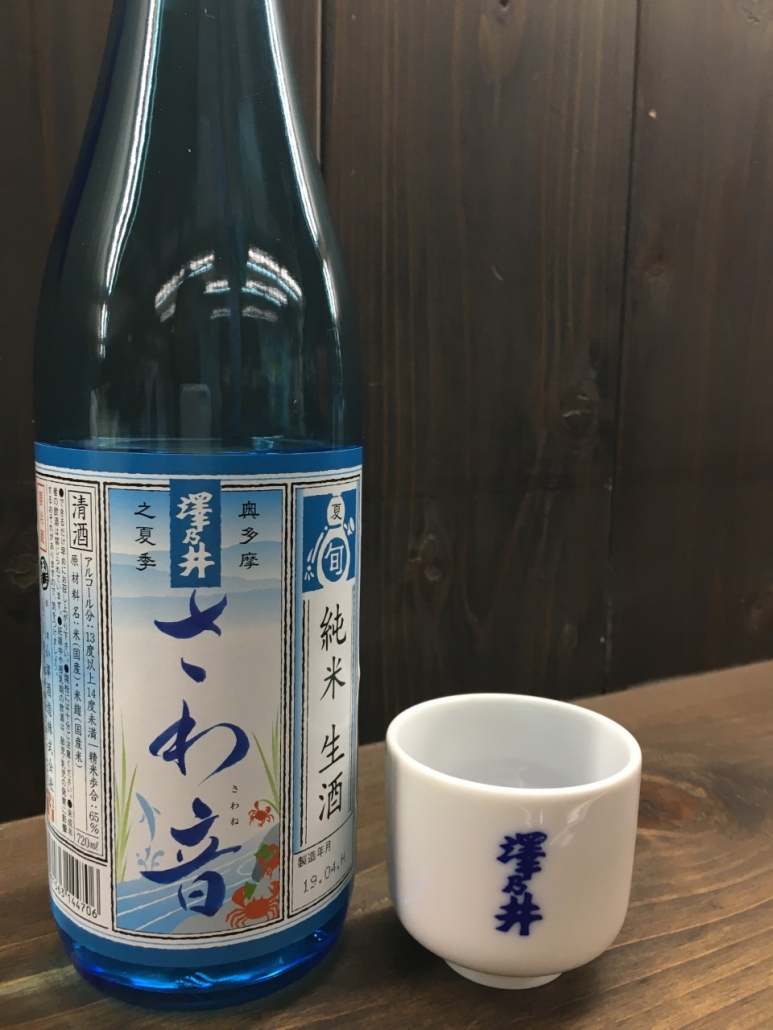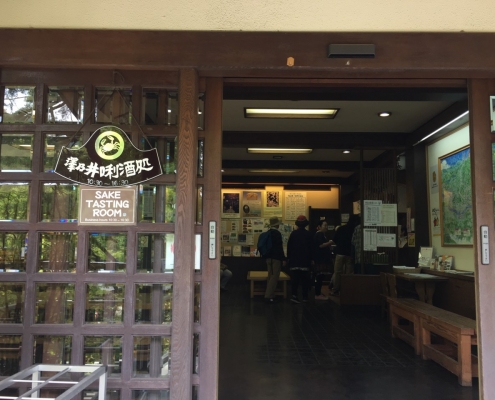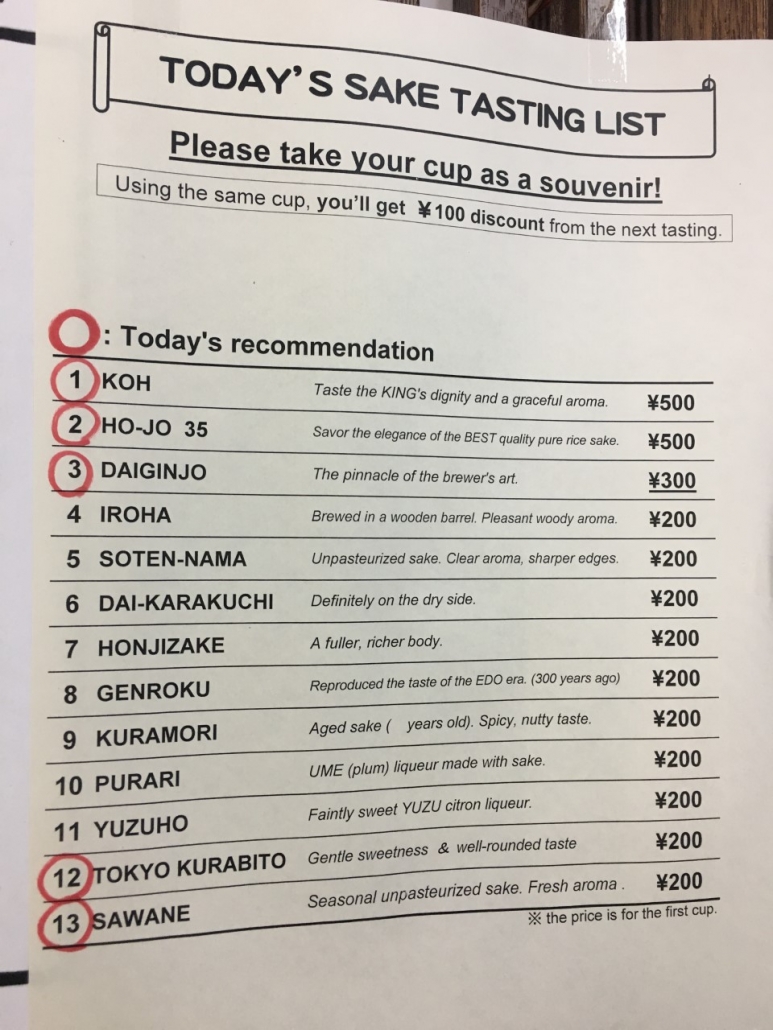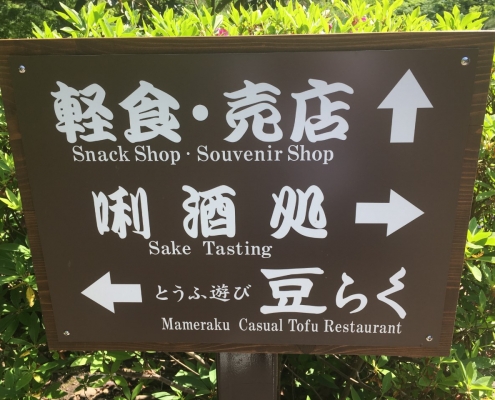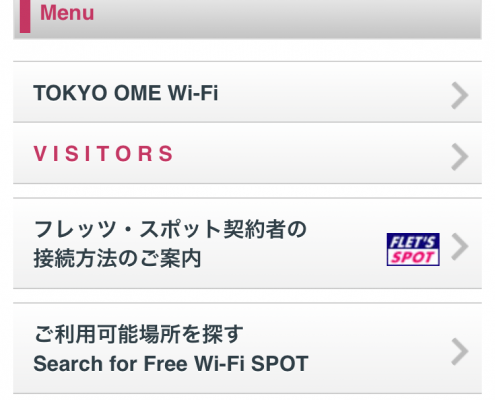Experience Tokyo’s Sake Brewery Sawanoi Tour
Where is the Sake Brewery Sawanoi?
For those wishing to tour a sake brewery close to Tokyo, Ozawa Brewery, famous for a Tokyo brand of sake called “Sawanoi”, is just 50 km west of central Tokyo.
What really makes this brewery with over 300 years of history special, is the water.
Rocky spring water is drawn from the Mitake Valley, located upstream of the Tama River which flows between hills so deep and green that you’ll hardly believe you’re still in Tokyo.
If you have the time, we recommend not only visiting the brewery but also hiking in the surrounding mountains.
Ozawa Brewery
Opening Hours: 10:00 to 17:00
Address: 2-770 Sawai, Ome City, Tokyo
Nearest Station
A 4-minute walk from Sawai Station on the Ome line.
When is the best time to visit?
Located in a hiking area near Tokyo, you’ll find trains on the weekend packed with hikers.
Also, many public holidays fall on Mondays, so the best days to visit are Tuesday to Friday.
You could also time your visit to coincide with the cherry blossom or fall foliage season.
*Be sure to check the available tour dates in advance
Outline
While it may be possible to register on the day of the tour if there are places still available, due to the limited number of participants for each tour, it is recommended to register in advance.
Tours run from 11:00, 13:00, 14:00 and 15:00 and take 45 minutes. Register for a sake brewery tour using the link below.
Tour Fees
The basic tour is free.
90min from Shinjuku
When traveling by train, head west on the JR Line from Shinjuku.
An online route finder in English will be useful in working out your journey. To find the correct timetable, enter Shinjuku station as your departure station and Sawai station as your arrival station.
One possible route would be Shinjuku Station to Ome Station on the JR Chuo Line, transfer to the Ome Line and continue as far as Sawai Station.
After passing Ome Station, travelers can enjoy a close-up view of the mountains.
Trains on Saturdays and Sundays are usually packed with hikers, but on weekdays you may be able to find a seat.
One possible route would be Shinjuku Station to Ome Station on the JR Chuo Line, transfer to the Ome Line and continue as far as Sawai Station.
It takes about 90 minutes from Shinjuku to Sawai Station.
After arriving at Sawai Station, exit the ticket gate, go down the hill, turn left at the intersection and Ozawa Brewery will immediately come into view.
Check In
First, you need to check in before you begin your sake brewery tour.
Follow the signs and proceed to the souvenir shop, where you will be able to check in.
Tell them the name you used when you made your advanced reservation and when you are handed a small piece of paper, you’ve been successfully registered for the tour.
If you haven’t made an advanced reservation, ask if it is still possible to make an on-the-day registration.
Note that it is possible to buy sake tax free at the souvenir shop, and there are usually over ten kinds available to choose from.
Waiting Room
Once you’ve signed in, follow the signs, go through the underground passage and head towards the sake brewery.
In front of the brewery, a staff member will take the small piece of white paper you were handed previously, and you will be shown into the waiting room.
Tour Explanation
Once all participants have gathered and it is time to start, a Japanese tour guide will begin the tour explanation.
While there may not be any staff who speak English, they are very friendly and you will be given an English brochure.
Using a whiteboard, a staff member will explain Ozawa Brewery’s history, how sake is made and the water and rice used in the process. Now it’s time for the tour to start.
In Sake Brewery
All staff members pray at the Shinto alter found at the entrance to the brewery before starting work for the day.
At your feet you’ll find a disinfectant foot bath and after disinfecting the soles of your shoes, the tour will begin inside the dark and cool brewery, where the aroma of sake wafts through the air.
See a wooden “kura”, or brew house from the Edo period (Era of Samurai), and through glass, check out the modern facility used today.
Next, the tour guide will provide a detailed explanation about the rice.
Generally, sake is produced from winter to spring and made from new rice harvested in autumn, water and Koji Mold.
Just as the making of a good wine is dependent on the quality of the grape, sake is also influenced by the quality of the rice and brewing techniques are changed every year to maintain the same level of quality.
Also, just as there are wine grapes, the rice used to make sake has a bigger grain than the kind you typically eat.
Sawanoi is made with a kind of rice called “Yamada Nishiki” but it doesn’t use the whole grain, the part that produces “zatsumi” or undesirable flavors, is removed during polishing.
The rice for Sawanoi’s exclusive Daiginjo sake, Koh, is 65% polished off, so only 35% of the rice is used.
Koh is 10,800JPY a bottle (1.8 liters).
Most sake with a rice-polishing ratio of 40% or less sell for more than $100 US.
(This is a domestic sales price; it is even more expensive if bought overseas)
As the tour continues, pass through a cellar lined with shelves filled with Jukuseishu, or aged sake. Next, step outside and take a look at the spring water used for sake brewing.
Sake Tasting from 200JPY
At the end of the tour, enter the Sake Tasting Room to enjoy a sake tasting session.
Enjoy sampling sake from as little as 200 yen per cup to as much as 500 yen for the aforementioned “Koh”, a daiginjoshu or super-premium sake.
English menus are available.
Meals
This area is famous for its tofu dishes, due to the availability of high-quality spring water which is essential in making delicious tofu.
You can also enjoy “Tofu Kaiseki” (tofu-based dishes that would traditionally accompany the tea ceremony) within the grounds of Sawanoi Garden.
Wi-Fi
Wi-Fi isn’t available, so those wanting to connect to Wi-Fi can use Tokyo Ome Free Wi-Fi.
Taking the Train Home
Only one train every 30 minutes returns to Tokyo.
Make sure you check one of the timetables found throughout the premises before heading to the station.

